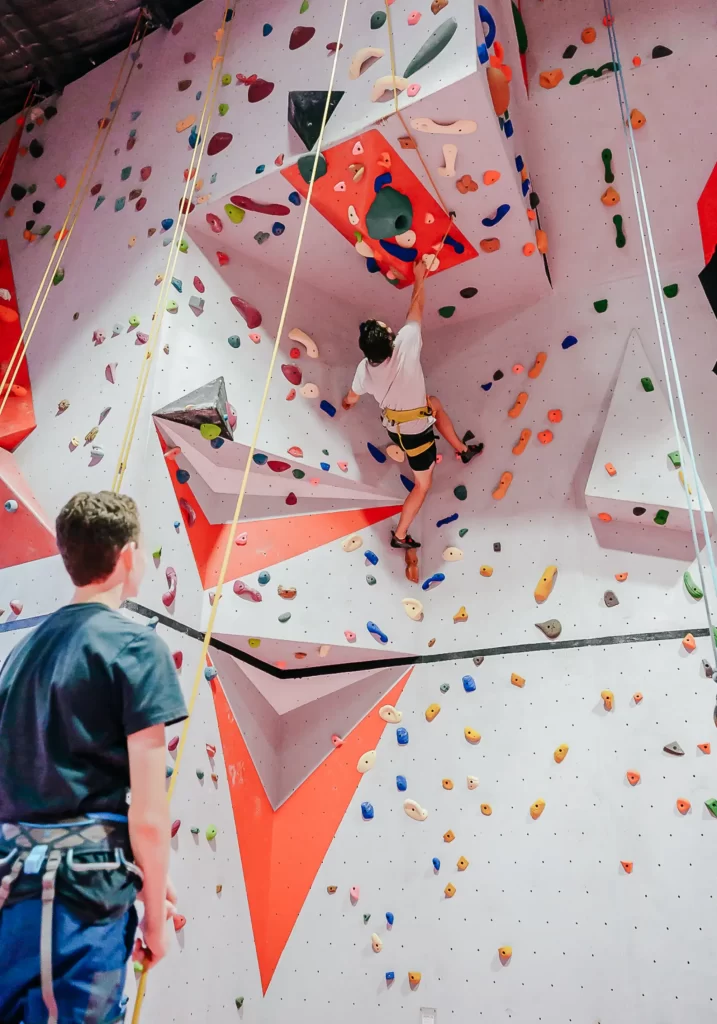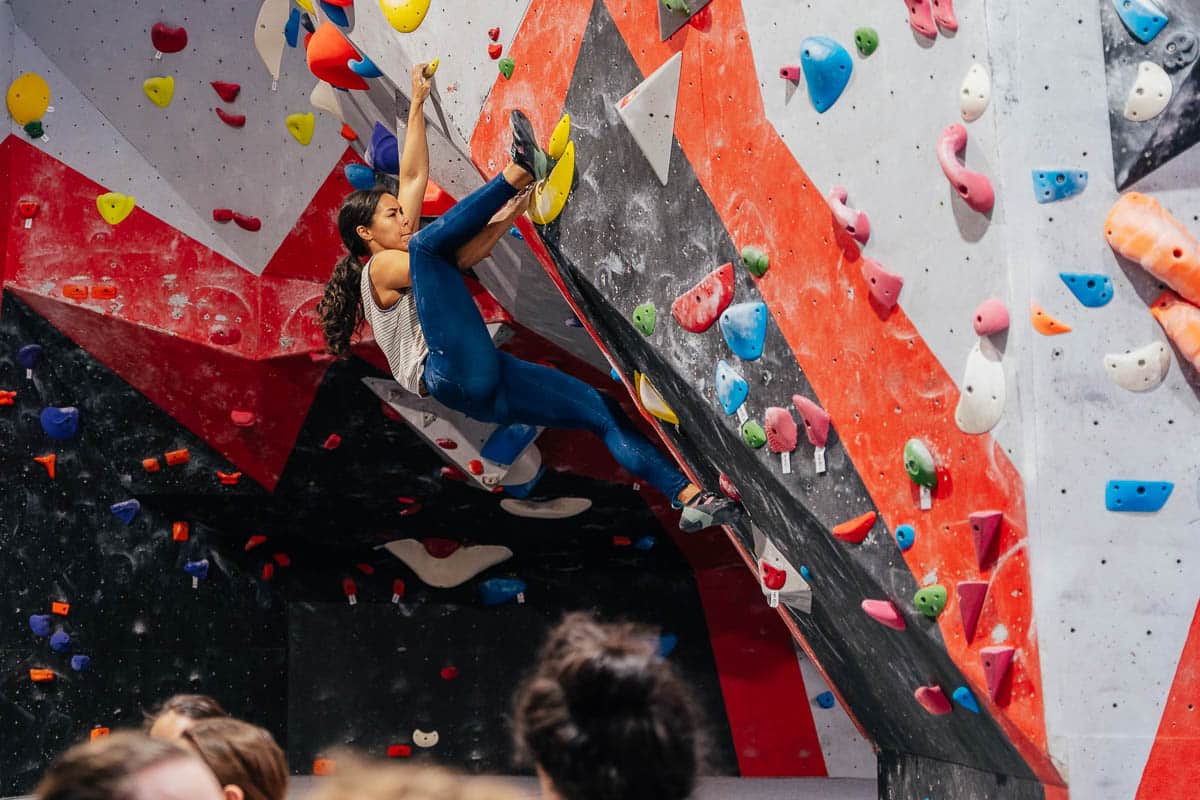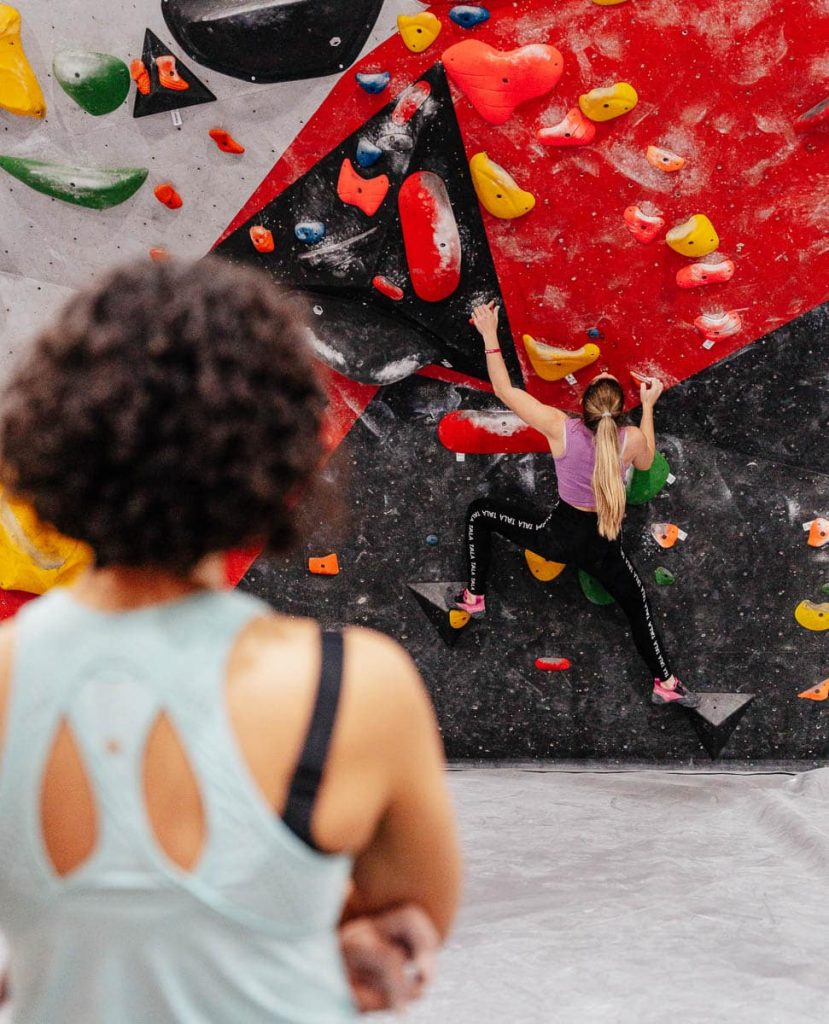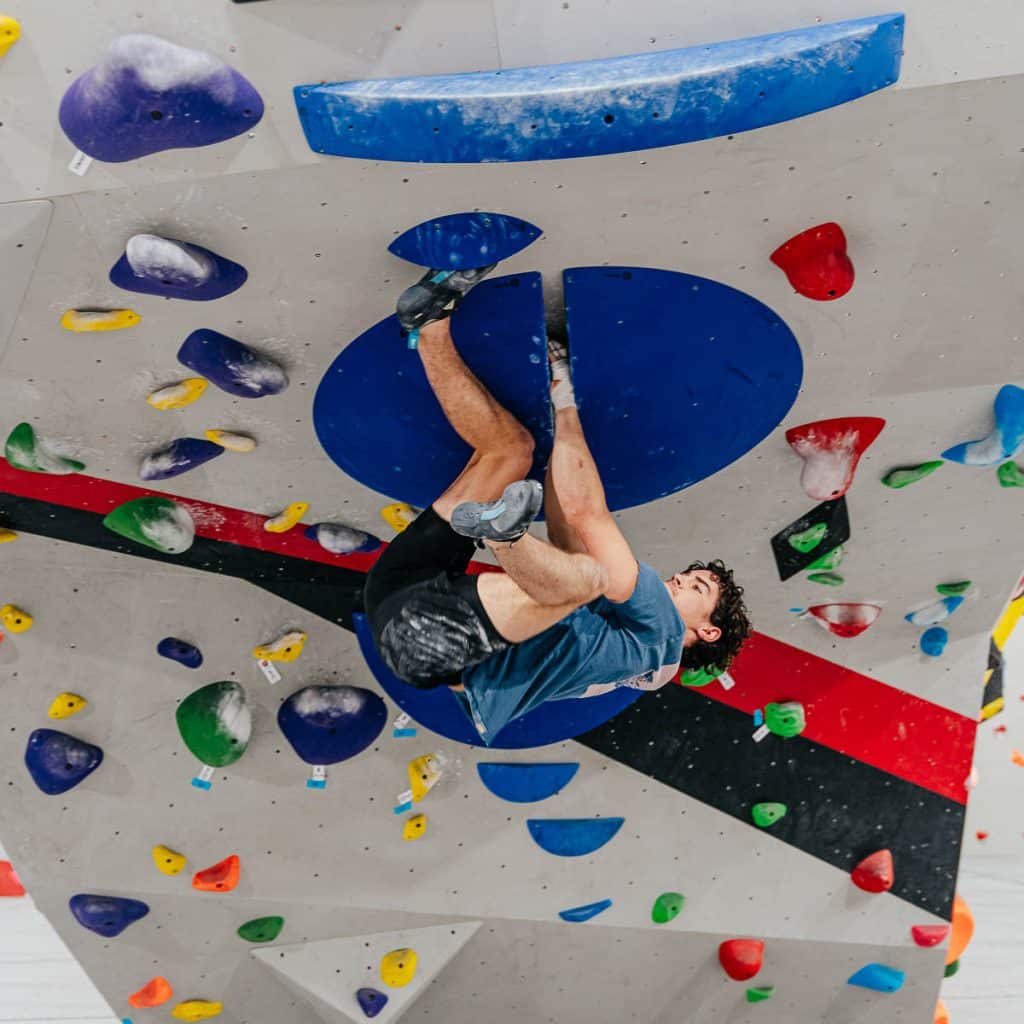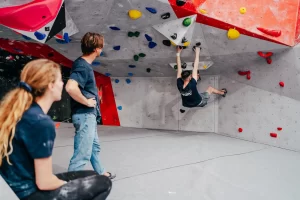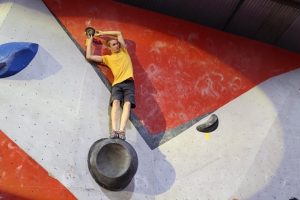First aid for epics
In preparation for my upcoming alpine climbing trip I’m trying to gather as much information as possible to stay safe and be prepared for any eventuality. Luckily there is a local doctor with loads of expeditionary experience who has been on 3 separate mountaineering trips to Peru. Sweet! I gave her a buzz and as always she was more than happy to help, THANKS HEAPS VANESSA!
Prevention is better than cure so our first premise of not falling off still holds true. Nevertheless below is an outline of a first aid kit a little more useful than our normal one (1 bandage, 12 painkillers (strong as we could get without a prescription) and duct tape).
Vaccinations
As needed for the region your are travelling to, check with your doctor.
Antibiotics:
For treatment of travellers Diarrhoea
- Ciproxin or norfloxacin twice daily for 3 days
Skin infections/sinus/ chest infections
- Amoxycillin/clavulanate eg Augmentin Duo Forte one twice daily
Giardiasis and dysentery
- Metronidazole (400mg twice daily) or Tinidazole 2g stat
Other meds:
- Imodium or Lomotil for diarrhoea (don’t take if bloody diarrhoea or severe pain)
- Antiinflammatories (as much as you need) eg Nurofen
- Pain relief (paracetamol and endone)
- antinausea (metoclopramide=maxalon or prochlorperazine = stemetil)
- antihistamines (whatever usually works for you eg phenergan)
- antacids(if prone to heartburn eg ranitidine)
- asthma meds if needed (altitude and cold will exacerbate symptoms)
- any other regular meds
- steroid cream eg celestone
- antifungal cream
- eyedrops if needed (would recommend someone has chloromycetin eye drops)
- cold and flu tablets
Water purification:
The water in the base camps is often affected by human, donkey and cow shit despite trying to be careful and the boiling temp of water isn’t high enough to sterilise.
Found steri-pen not functional due to short battery life in the cold and large volume of water to treat.
Take: iodine or micropur tablets.
Dressings:
- antiseptic wipes
- blister dressings
- bandage
- tape
- steristrips
- pads/compresses
- sutures and local anaesthetic if you know how to use
Altitude medicines:
DO NOT TAKE THE PLACE OF DESCENDING
I would recommend against prophylactic diamox (acetazolamide) unless you know you are a slow acclimatiser (or had to go to 4000m straight away- which we do not). This drug is a diuretic and inhibits carbonic anhydrase in the kidney. This changes the acid-base balance in the blood making you breathe faster (hyperventilate). The body should do this at altitude in response to low oxygen anyway, but some people have a bit of a slow response. I think its much better to have a conservative schedule for acclimatisation. As a rule of thumb this means the altitude at which you sleep should not increase by more than 300m a night over about 4000m. And spend a few days below 4000m when arriving in Huaraz
- diamox
- nifedipine (for pulmonary oedema- probably not recommended if you know nothing about it)
- dexamethasone 4mg tablets (take 4mg or 8mg with headache/confusion)
- aspirin early for impending headache
- hydration minimises symptoms. Urine should be dilute – pale yellow
HAND SANITISER – LOTS
This is by no means any form medical advice, so most definitely consult your doctor before any big trip (p.s. you will need prescription for a lot of the above anyway).
Huge thanks to Vanessa Wills for putting this list together. Here’s hoping I don’t have to use any of it!
PG

